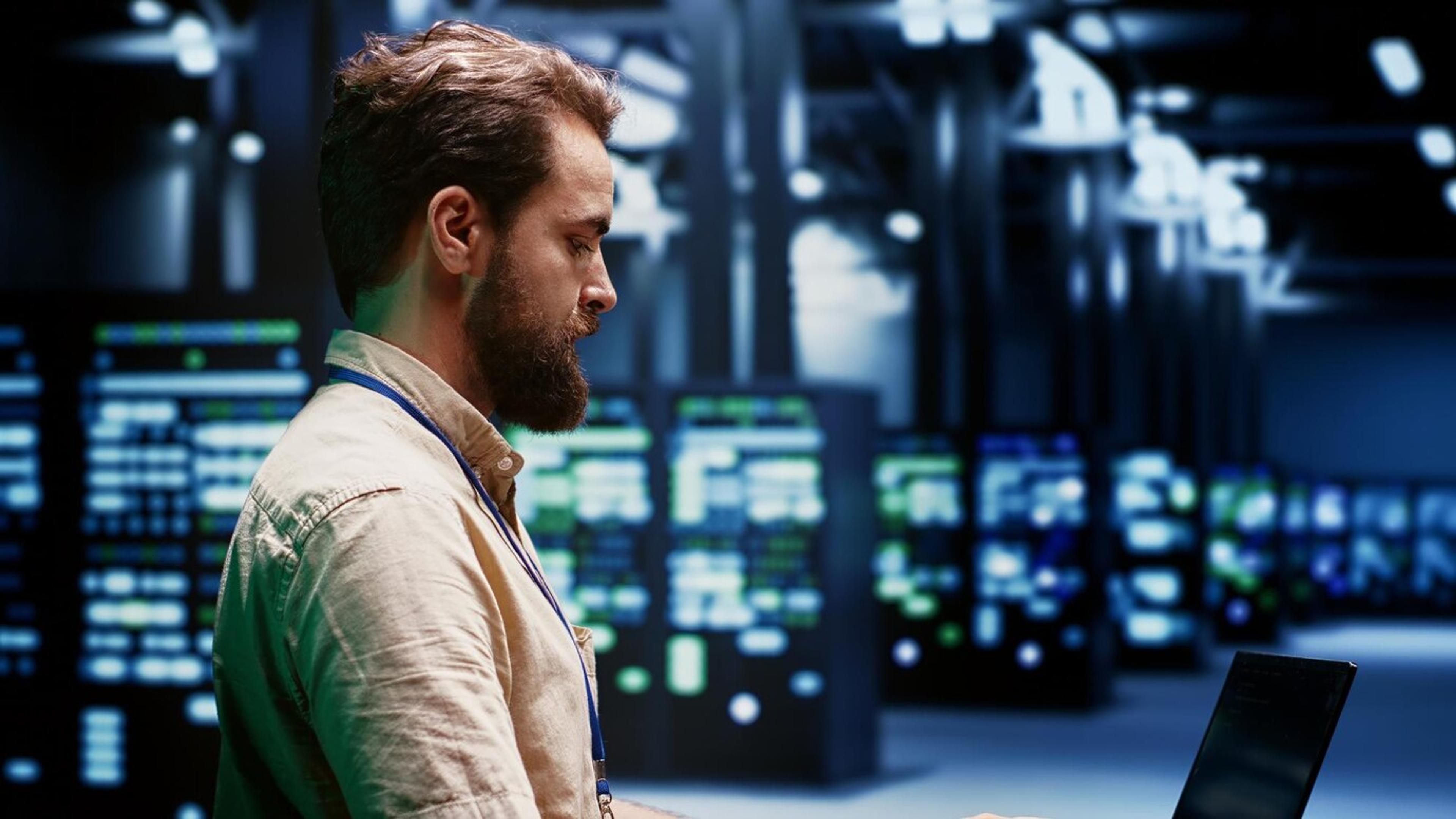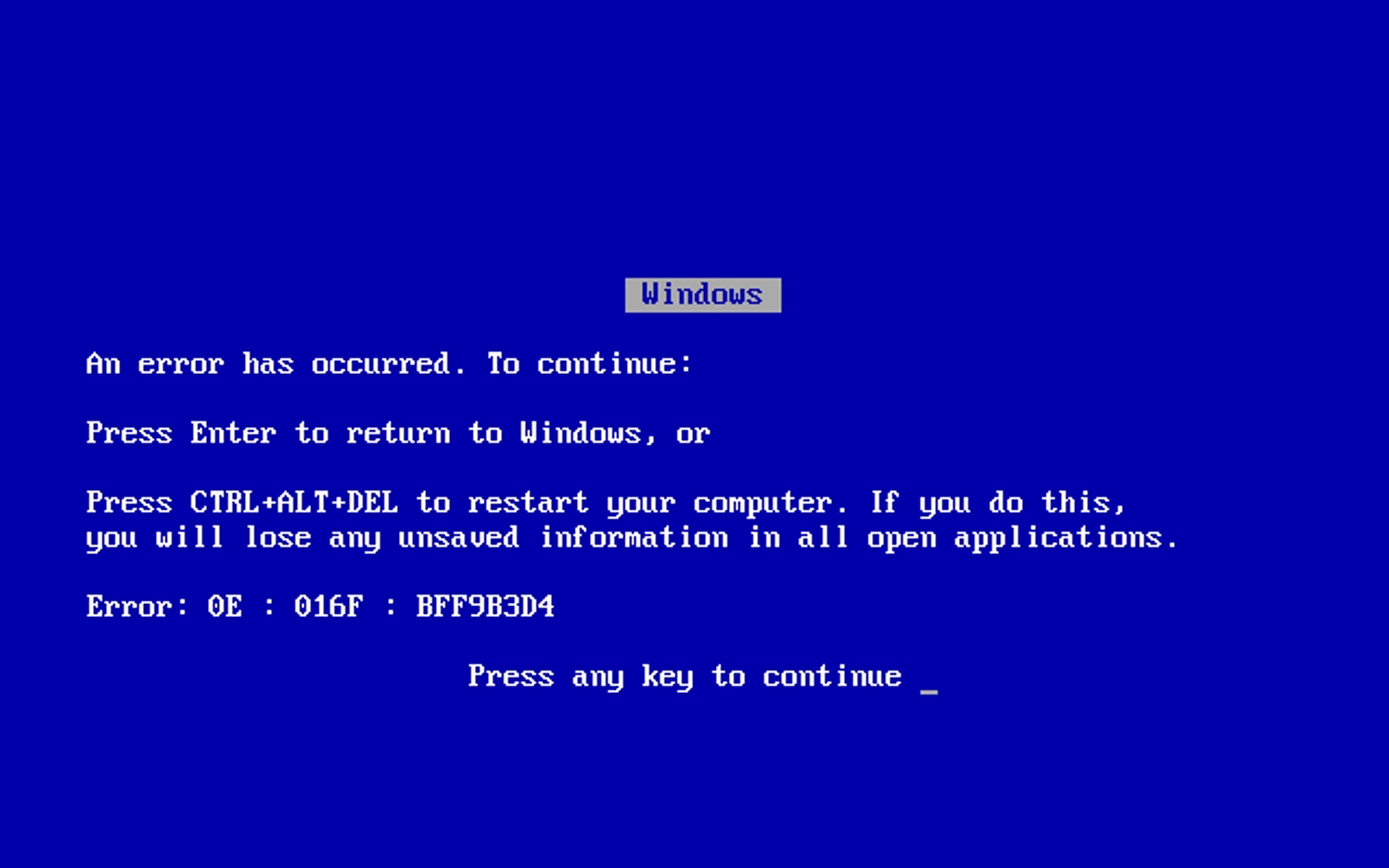
19th of July 2024, the age where businesses and individuals both depend on connectivity and constant access to online services, a massive global outage came out. It swept across major tech platforms and was not just an isolated event but a wake-up call for the entire industry. It underscored the fragility of even the most sophisticated systems and highlighted critical lessons in cybersecurity resilience that every business must be aware.

The Impact: The Global Outage in Context
The global outage, which affected millions of users worldwide, wasn’t merely a basic mistake in service. It disrupted essential business operations, stopped communication channels, and brought to light the vulnerabilities inherent in our increasingly interconnected systems. From e-commerce platforms and financial services to cloud providers and social media networks, the effects were felt across multiple sectors.
For many businesses, this outage led to a significant loss of revenue. E-commerce sites that rely on continuous uptime to process transactions were suddenly rendered inoperative. Financial institutions faced delays in processing payments and transactions, leading to customer frustration and potential regulatory scrutiny. Even social media networks, which many businesses use as a primary marketing and communication tool, were silenced.
The implications of such a widespread outage go beyond immediate financial losses. The long-term impact on brand reputation, customer trust, and business continuity is far more severe. Customers, who have come to expect flawless digital experiences, may lose confidence in a brand’s ability to deliver reliable service. For businesses, the outage served as a stark reminder that their digital infrastructure must be resilient enough to withstand unexpected disruptions.
Lesson 1: Redundancy is Non-Negotiable
One of the most critical lessons from this global outage is the necessity of redundancy. Redundancy in IT systems refers to the duplication of critical components or functions of a system intending to increase reliability. This principle is not new, but its importance was highlighted during the outage.
Why Redundancy Matters: When a primary system fails, a redundant system can take over, ensuring that business operations continue without interruption. This can involve multiple data centers, cloud-based backups, or alternative communication networks that kick in when the main system goes down. For example, businesses that rely on a single cloud service provider may find themselves vulnerable if that provider experiences failure.
Types of Redundancy: There are several types of redundancy that businesses should consider implementing:
- Hardware Redundancy: Involves duplicating physical components, such as servers, routers, and power supplies. If one piece of hardware fails, another can immediately take over.
- Data Redundancy: Ensures that data is replicated across multiple locations or storage devices. This not only protects against data loss but also allows for quick recovery in case of a system failure.
- Network Redundancy: Involves having multiple network paths and connections. If one network goes down, traffic can be redirected through another, ensuring continuous access to critical systems.
Lesson 2: Continuous Testing and Monitoring
While having redundant systems in place is crucial, it’s equally important to ensure that these systems are functioning as much as possible. This is where continuous testing and monitoring come into play. The global outage revealed that even the most well-designed systems can fail if they are not regularly tested and monitored for potential weaknesses.
The Role of Testing: Regular testing of disaster recovery plans, failover systems, and backup protocols is essential to ensure that they work when needed. This involves conducting simulations, drills, and mock scenarios that mimic potential threats or failures. For instance, a business might simulate a data center outage to test how quickly and effectively its systems can switch to a backup center. The key is to identify any gaps or delays in the process and address them before a real outage occurs.
In addition to testing, continuous monitoring of systems is critical for detecting and responding to issues before they escalate. Advanced monitoring tools can track the health of IT infrastructure, alerting administrators to potential problems such as hardware degradation, network congestion, or unusual activity that could indicate a security breach. By proactively addressing these issues, businesses can prevent minor problems from turning into major outages.
Lesson 3: Communication is Critical
During the outage, one of the most significant challenges faced by affected companies was maintaining clear and effective communication with their customers, employees, and stakeholders.
Establishing Communication Protocols: To avoid this, businesses must have communication protocols. These protocols should include multiple communication channels, such as email, SMS, social media, and internal messaging systems, that can be used to disseminate information during an outage.
Transparency and Trust: In times of crisis, transparency is key to maintaining trust. Businesses must be upfront about the nature of the outage, what is being done to resolve it, and how long customers can expect services to be down. This not only helps to manage customer
Lesson 4: Investing in Cybersecurity Infrastructure
The outage also highlighted the critical need for robust cybersecurity infrastructure. As businesses become more reliant on digital systems, the potential for cyber threats increases. While the global outage was not the result of a cyberattack, it served as a reminder that similar disruptions could be caused by malicious actors.
Enhancing Security: Investing in cybersecurity infrastructure involves more than just implementing firewalls and antivirus software. It requires a comprehensive approach that includes threat detection, incident response, and continuous monitoring. For example, advanced threat detection systems can identify and block potential attacks before they reach critical systems. Incident response teams can quickly isolate and contain breaches, preventing them from spreading across the network.
Resilience through Security: A key aspect of cybersecurity resilience is the ability to quickly recover from an attack or system failure. This involves having backup systems, disaster recovery plans, and failover protocols that can be activated in the event of an incident. By building resilience into their cybersecurity strategy, businesses can minimize the impact of outages and ensure that they can continue to operate even in the face of significant disruptions.
Lesson 5: The Human Element
While technology plays a critical role in preventing and responding to outages, the human element should not be overlooked. The global outage highlighted the importance of having skilled and prepared personnel who can manage crises effectively.
Training and Preparedness: Employees must be trained to respond to outages and other incidents. This includes understanding the company’s disaster recovery plans, knowing how to communicate during a crisis, and being able to make quick decisions under pressure. Regular training sessions and drills can help ensure that employees are prepared to handle real-world scenarios.
Collaboration and Coordination: During an outage, effective collaboration between different teams is essential. IT, cybersecurity, communications, and customer service teams must work together to manage the situation and restore services as quickly as possible. Clear lines of communication and predefined roles and responsibilities can help facilitate this collaboration.
Moving Forward: Building a Resilient Future
The recent global outage serves as a powerful reminder that no system is immune to failure. However, by learning from this incident and implementing the lessons outlined above, businesses can build more resilient systems that are better equipped to handle unexpected disruptions.
In a world where outages and cyber threats are becoming increasingly common, resilience is not just a competitive advantage – it’s a necessity. By investing in the right technologies, processes, and people via Vigilainte, businesses can survive.

